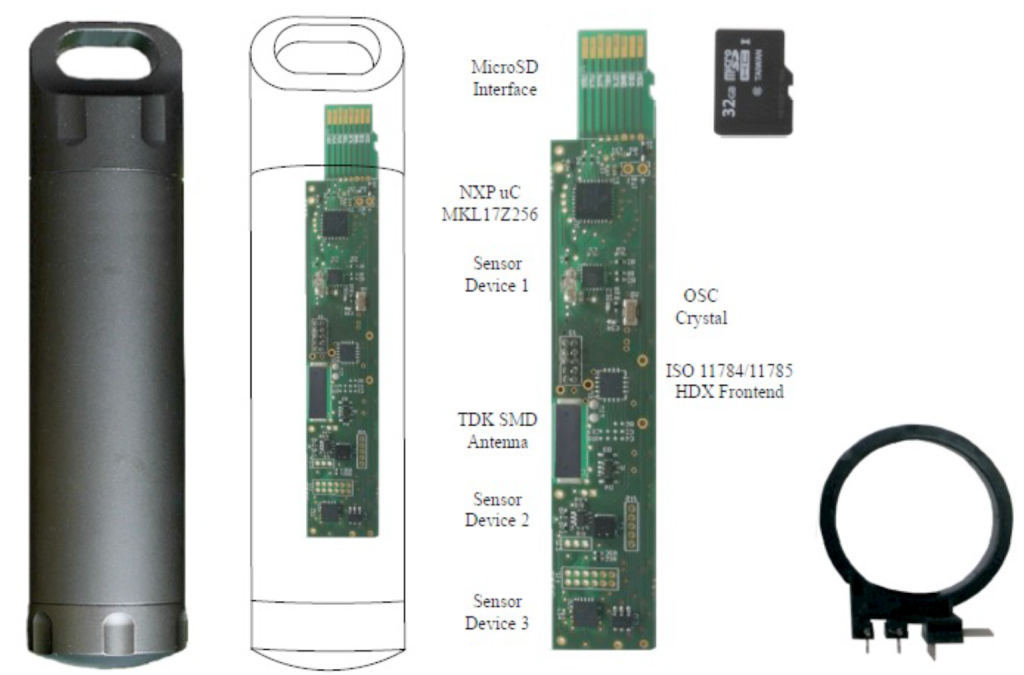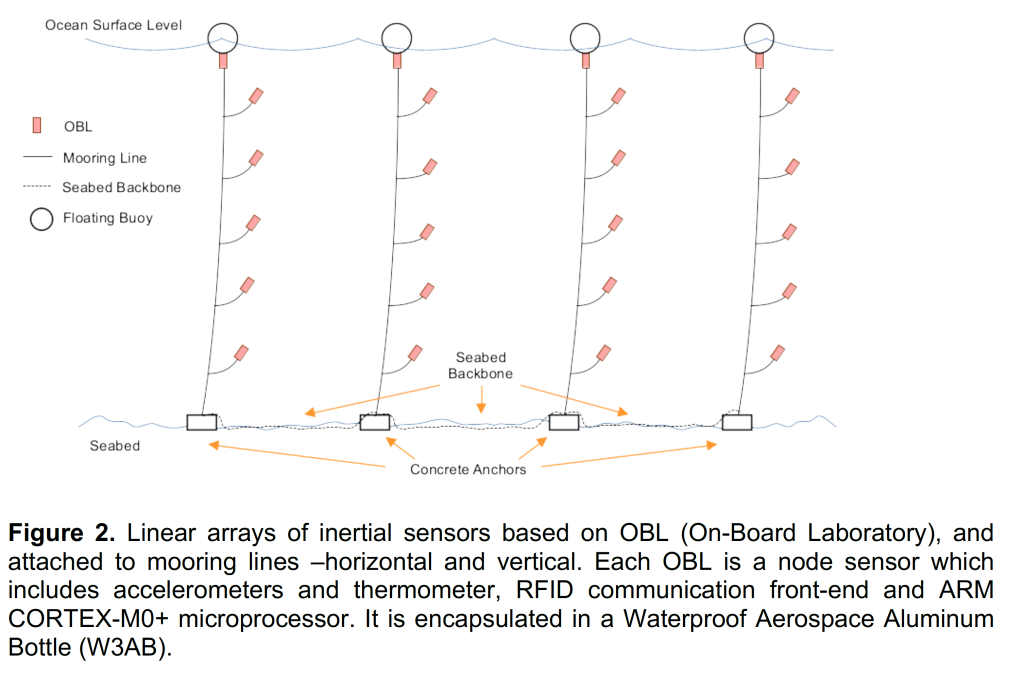El proyecto INERTIA de las División MEMs ha sido financiado en la Convocatoria 2021 de Proyectos Orientados a la Transición Ecológica y a la Transición Digital
El proyecto “Perfilador oceanográfico para medidas de larga duración de energía y corrientes de mareas (INERTIA)”, cuyo investigador principal es el Dr. Juan Antonio Montiel Nelson de la División MEMS, ha sido financiado con 216.200 € en la “CONVOCATORIA 2021 DE PROYECTOS ORIENTADOS A LA TRANSICIÓN ECOLÓGICA Y A LA TRANSICIÓN DIGITAL, DEL PLAN ESTATAL DE INVESTIGACIÓN CIENTÍFICA, TÉCNICA Y DE INNOVACIÓN 2021-2023, EN EL MARCO DEL PLAN DE RECUPERACIÓN, TRANSFORMACIÓN Y RESILIENCIA”.
SUMMARY:
INERTIA (tIdal eNergy & currEnt pRofiler for long-Term oceanographIc meAsurements) is an innovative profiler (oceanographic instrument) for long-term tidal characterization in offshore areas. The profiler is an oceanographic data collection system mainly composed of arrays of sensors attached to a continuous mooring line. Each sensor is an On-Board Laboratory (OBL), i.e. an embedded system for autonomous monitoring and sensing mechanical and environmental parameters of oceanic aquaculture cages, including RFID communication for data transmission and battery charging. OBL includes three-axis accelerometers, an integrated thermometer and an optical instrument for turbidity measurements. OBL is encapsulated on a Waterproof Aerospace Aluminum Alloy Bottle (WA3B) that was tested up to 50 m of depth (> 5 bar of pressure) in FICASES project (TEC2017-89403-C2, Ministerio de Economía, Industria y Competividad, Gobierno de España), and it is currently tested in offshore areas at higher depth in MOONLIGHT project (PID2020-117251RB-C21, Ministerio de Ciencia, Innovación y Universidades, Gobierno de España). In INERTIA, the developed system is oriented to obtain tidal current velocity and acceleration observations taken over long-periods to assemble atlas which include all semidiurnal and diurnal tidal constituents as well as wind-driven inertial currents for the analysis of high-frequency variability of ocean dynamics. This allows for a wide range of environmental sensing applications, including local case studies of baroclinic tidal currents, assessment of long-term trends in tidal band kinetic energy and local validation of ocean models, among others. The obtained atlas may also be a valuable tool for resource management and applications such as ecosystem analysis or quantifying the local power resource.
INERTIA profiler is a novel instrument which is based on MEMS (Micro Electro Mechanical System) inertial sensors instead of acoustic Doppler or mechanical current sensors. Because the high level of system integration of MEMS and microelectronics, we have developed an ultra-low power consumption, high precision and resolution system for dynamic and environmental applications in several initiatives. In JAULATLAS project (European Union RIS3, FEDER, PROID2017010062), the results from sensing and monitoring experiments in offshore cage aquaculture facilities —they were deployed in Castillo del Romeral (San Bartolomé de Tirajana, Las Palmas) property of AQUANARIA— arises several new challenges which solutions are highly demanded by research and industry activities related to environmental animal wellness monitoring. Currently, in MOONLIGHT project, we are validating an instrument for monitoring the mechanical strain of mooring lines in oceanic aquaculture cages (Atlantic Ocean, Canary Islands, Gran Canaria, Castillo del Romeral). The obtained experimental results in long-term measurements (> 150 days) of the aquaculture-cages mooring lines include tidal current signal as noise. Out of scope of MOONLIGHT project, we have analyzed the signal noise and preliminary results are very promising. We perform a harmonic analysis based on the known frequencies for several tidal constituents and calculates all relevant tidal ellipse parameters (major and minor axis amplitudes, orientation, sense of rotation direction and phase) with their confidence intervals.
In INERTIA project, we propose the design and implementation of a sensor network based on arrays of OBL devices, and applying sensor-fusion techniques for long-term measurements of tidal currents and their modification by the mesophotic habitat structure.

Figure 1 shows the developed sensor node (On-Board Laboratory, OBL). At left of this figure, it is presented the submergible high density aluminum case. This container encloses at least the sensor node Main Board of OBL (OBL-MB), an antenna, a battery and a plastic holder of PolyLactic Acid (PLA). In addition, both container ends are closed with removable caps. OBL-MB contains an ultra–low power microcontroller (uC) from NXP (MKL17z256) based on a 48MHZ CORTEX-M0+.
In this project (see Figure 2), we propose several linear arrays of inertial sensors based on OBL which are attached to mooring lines in such a way that lift and drag forces of the marine current are measured and, therefore, current accelerations and lift and drag forces relationship are obtained. These linear arrays of inertial sensors attached to mooring lines constitute an inertial current profiler. The mooring structure is built using a set of ropes and chain lines joined with connection plates or nodes. In addition, the mooring system includes some deep-water buoys to provide structural stability. Consequently, several challenges are identified: (1) tidal analysis by harmonic decomposition in tidal constituents and tidal ellipse parameters calculation; (2) instrument-related quality assessment; (3) influence of wind-driven inertial currents on tidal analysis, and (4) influence of low frequency variability on tidal analysis.
